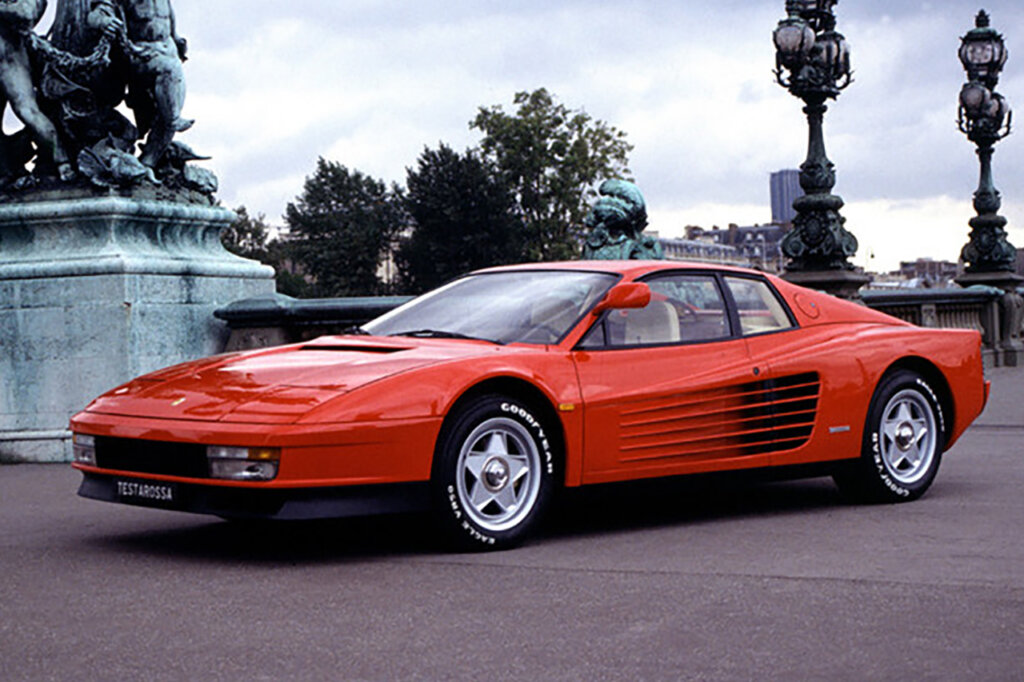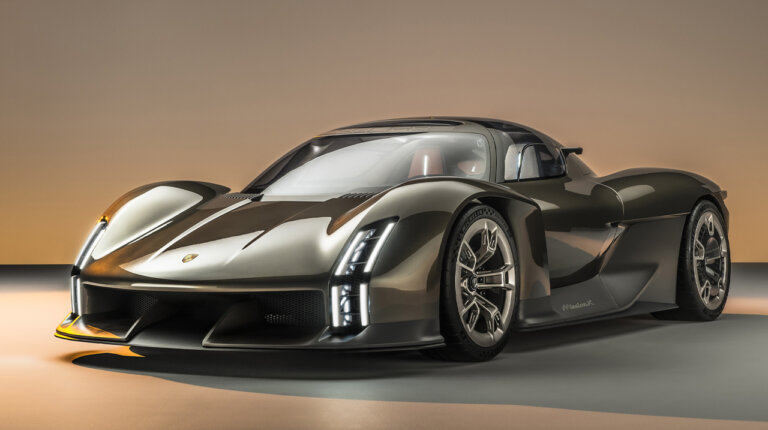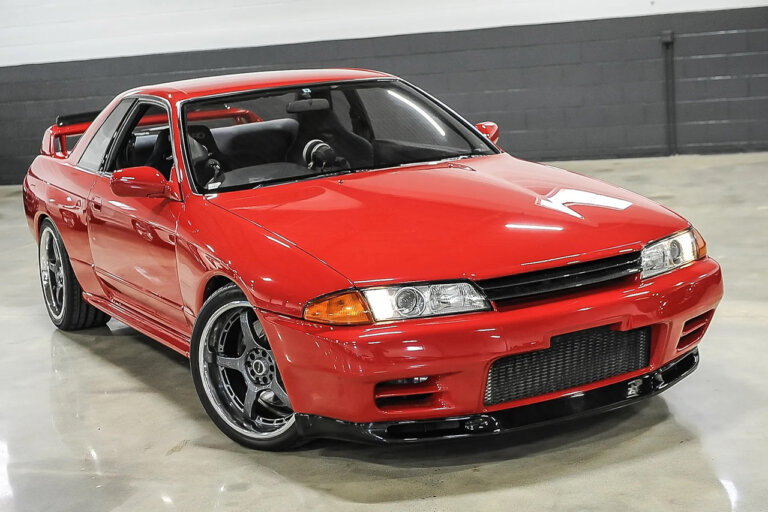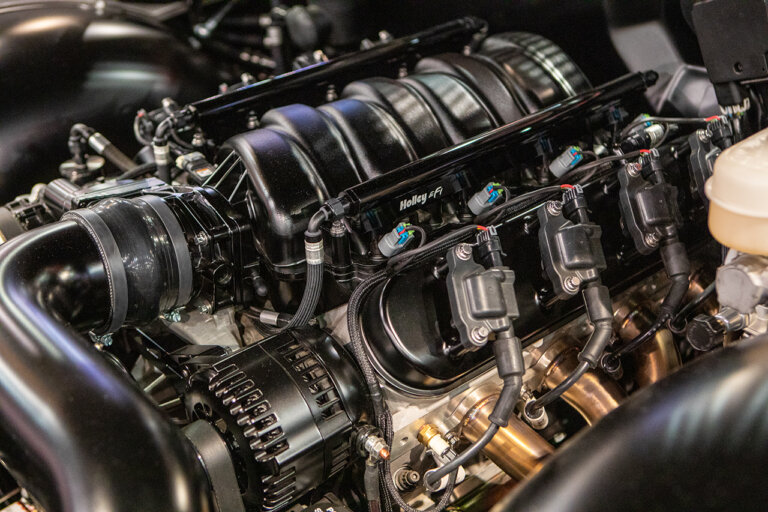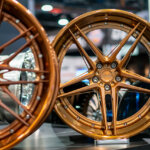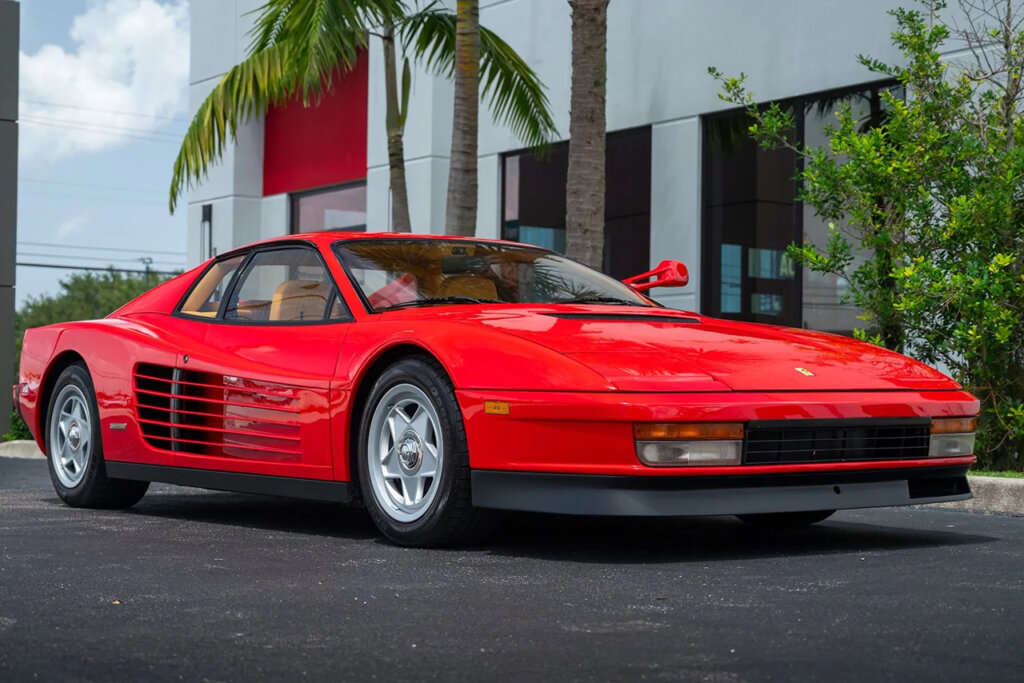
The Ferrari Testarossa, a name synonymous with Italian automotive excellence, is a timeless icon in the world of supercars. With its distinctive design, powerful performance, and rich history, the Testarossa continues to capture the hearts of automotive enthusiasts across generations. In this article, we will delve into the origins, production process, technical specifications, and the variants of the Testarossa, including the 512TR and the F512M.

Source: Bring-A-Trailer
Testarossa Origins and Production
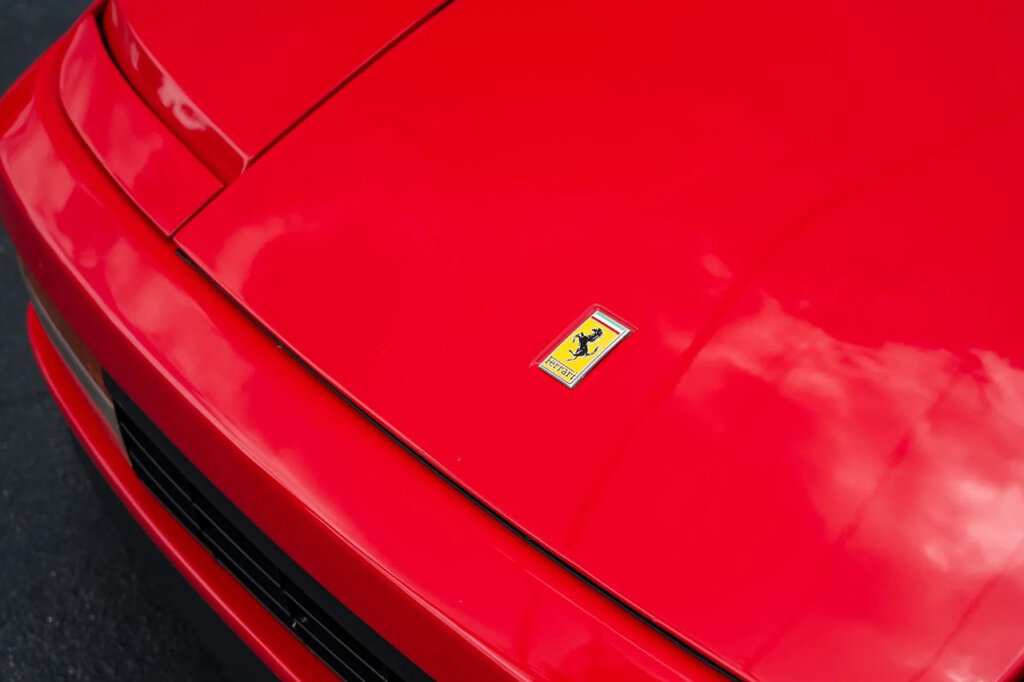
The Ferrari Testarossa was unveiled to the world at the Paris Motor Show in 1984, succeeding the legendary Berlinetta Boxer series. The car was designed by Pininfarina, the renowned Italian design house that had collaborated with Ferrari on numerous occasions. The name “Testarossa” translates to “redhead” in Italian, a reference to the engine’s red-painted camshaft covers.
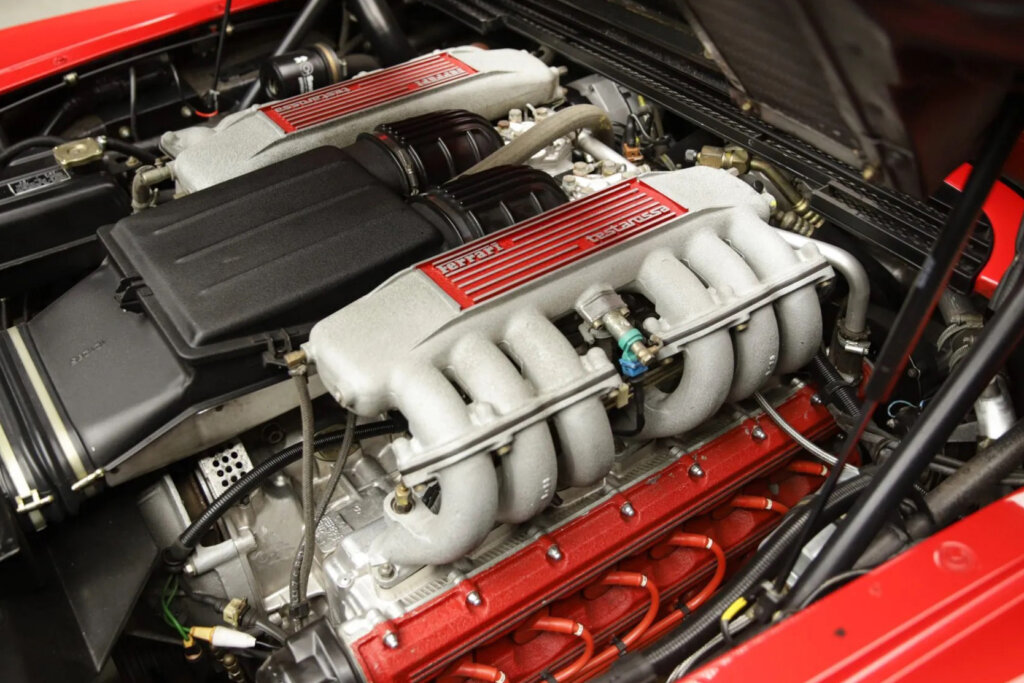
Source: Bring-A-Trailer
| Trim | Production | Engine | Power | Transmission | Drivetrain |
| Testarossa | 1984 – 1991 | 4.9 L Tipo F113 flat-12 (Rear-mid engine) | 385 HP / 390 PS / 283 kW | 5-Speed Manual | RWD |
Production of the Testarossa began in 1984 and continued until 1991. During this period, Ferrari produced around 7,177 units of the Testarossa, making it one of the brand’s most successful and recognizable models. The production process combined precision engineering with traditional craftsmanship, reflecting Ferrari’s commitment to both performance and aesthetics.
